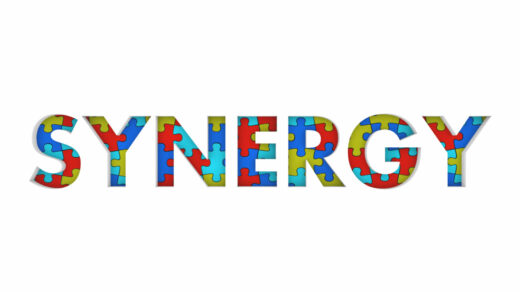As the world of cryptocurrency continues to expand, the concept of tokenomics has become increasingly crucial. Tokenomics is the study of how tokens work within a crypto ecosystem, and understanding it is vital for anyone looking to participate in the crypto market. One key aspect of tokenomics is the concept of token demand, which plays a significant role in determining the value and success of a cryptocurrency project.
What is Token Demand?
Token demand refers to the level of interest, desire and willingness of buyers to purchase a particular token. It is influenced by a variety of factors, such as the utility of the token, the credibility of the project, and the overall market sentiment towards cryptocurrencies. In simple terms, if there is high demand for a token, its value will increase, and vice versa.
Why is Token Demand Important in Tokenomics?
Token demand is crucial in determining the success of a cryptocurrency project. It is a significant factor in driving the price of the token, which, in turn, impacts the overall health of the project. High token demand can indicate a strong market interest in the project, leading to an increase in token value, a higher market cap, and increased liquidity. This can also lead to increased interest from investors, leading to further demand and growth.
On the other hand, low token demand can signal weak market interest, which can lead to a decline in the token’s value, lower liquidity, and difficulties in attracting new investors. This can result in the project struggling to raise capital, which can ultimately lead to its failure.
How to Assess Token Demand in Tokenomics?
Assessing token demand in tokenomics can be challenging as it depends on various factors. However, there are several indicators that can provide insights into token demand, such as trading volume, market capitalization, and community engagement.
Trading volume refers to the number of tokens being bought and sold on crypto exchanges. High trading volume indicates high demand for the token, while low trading volume suggests low demand.
Market capitalization refers to the total value of a cryptocurrency project and is calculated by multiplying the current token price by the total number of tokens in circulation. A higher market capitalization generally indicates higher token demand and a more significant market interest in the project.
Community engagement is also a crucial indicator of token demand. If the project has an active and engaged community of supporters and users, it suggests that there is a strong demand for the token and a belief in the project’s potential.
Conclusion
Token demand is a critical aspect of tokenomics that plays a significant role in the success of a cryptocurrency project. It is influenced by various factors and can be challenging to assess accurately. However, by analyzing indicators such as trading volume, market capitalization, and community engagement, investors can gain valuable insights into the demand for a particular token.
Understanding token demand and its importance in tokenomics can help investors make informed decisions and increase their chances of success in the volatile world of cryptocurrencies.




